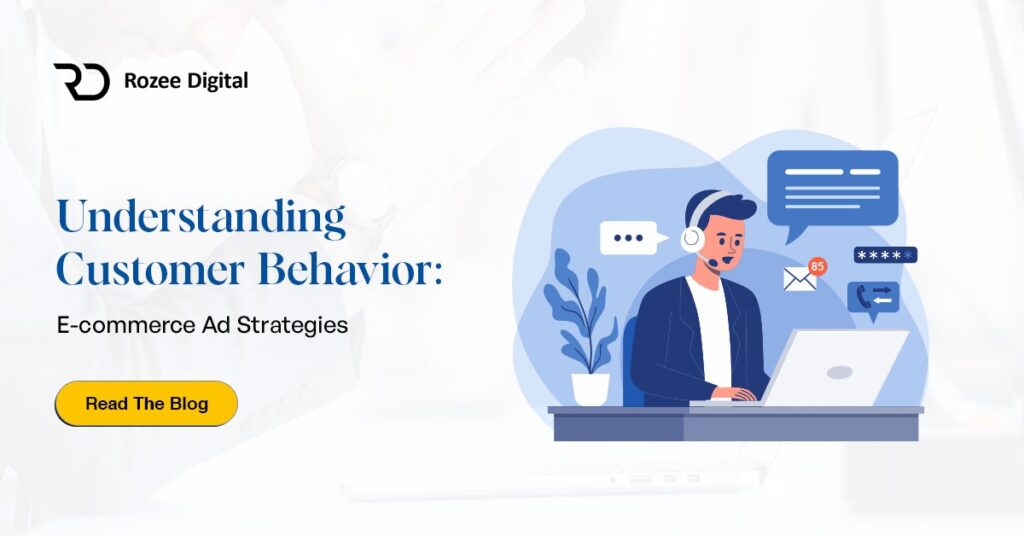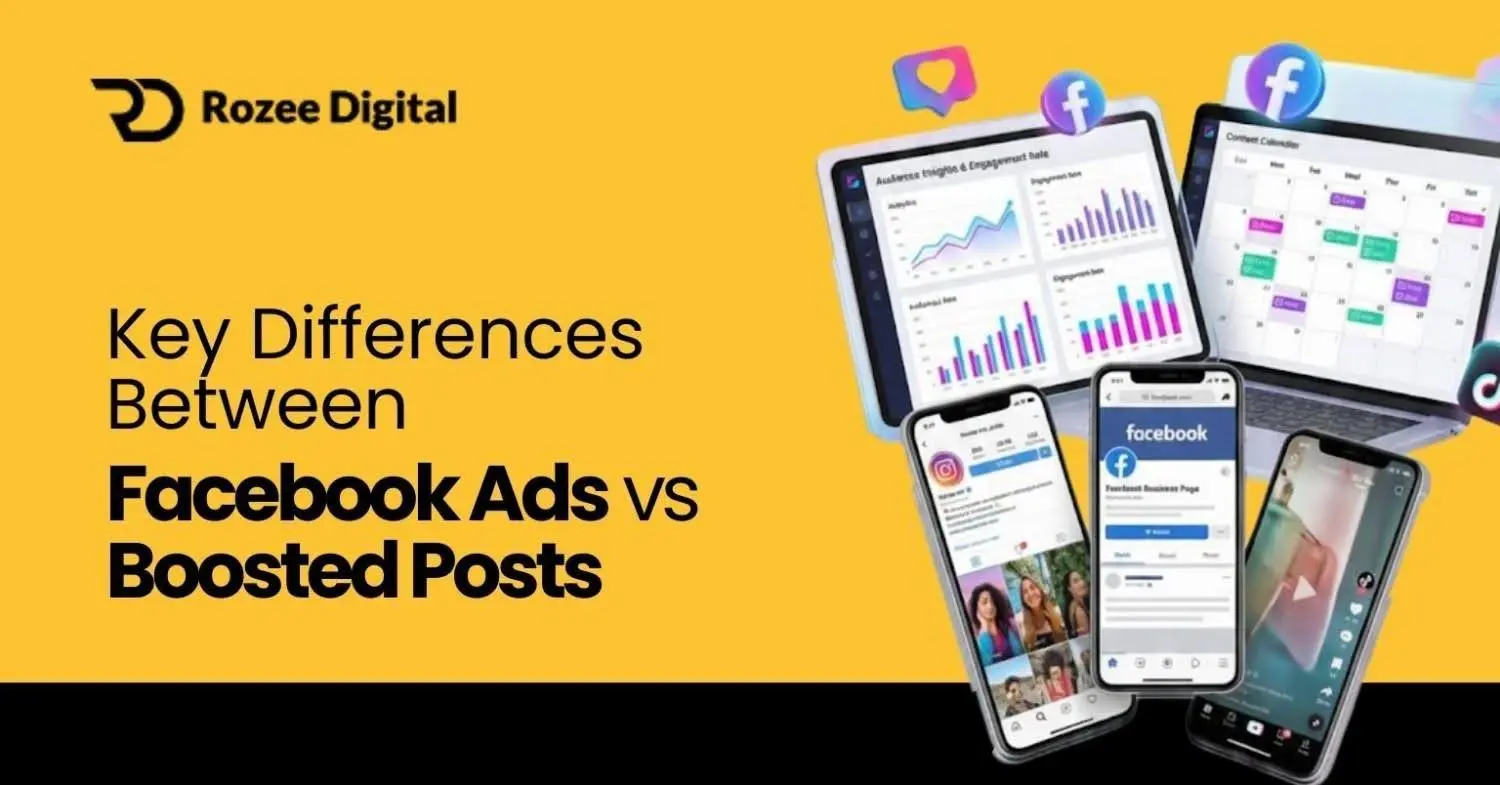Here’s a fully optimized SEO blog using the exact keywords:
-
E-commerce Ad Strategies
-
e-commerce Google Ads strategy
Mastering E-commerce Ad Strategies: How Customer Behavior Fuels Your Google Ads Success
In today’s rapidly evolving digital market, e-commerce businesses face a constant challenge: cutting through the noise and delivering ads that convert. That’s where E-commerce Ad Strategies rooted in customer behavior come into play.
From understanding what motivates your audience to perfecting your e-commerce Google Ads strategy, businesses that leverage consumer data are the ones dominating SERPs and ad spaces alike. Let’s break down how customer behavior insights can supercharge your ad campaigns—and help you build a sustainable strategy for 2025 and beyond.
What Is Customer Behavior in E-commerce?
Customer behavior in e-commerce refers to the decision-making process customers follow when browsing, selecting, and purchasing products online. This includes everything from how they navigate your website to the ads they click and the content they engage with.
Understanding this behavior is critical for shaping winning E-commerce Ad Strategies—because when you know how your customers think and act, you can anticipate their needs and respond with targeted advertising.
Why Customer Behavior Matters in Ad Campaigns
Before diving into Google Ads tactics, it’s essential to understand why customer behavior should guide your e-commerce advertising strategy:
-
🎯 Better Ad Targeting: Know who your audience is, what they want, and when they’re likely to convert.
-
🧠 Smarter Budget Allocation: Stop wasting ad spend on low-intent users.
-
🛒 Improved ROAS (Return on Ad Spend): Ads that align with user behavior perform better—period.
-
🤝 Enhanced Personalization: Behavioral insights let you tailor offers, creatives, and messages more effectively.
Key E-commerce Ad Strategies for Understanding and Leveraging Customer Behavior
1. Behavior-Based Audience Segmentation

Your first move in building solid E-commerce Ad Strategies should be smart audience segmentation. Use tools like Google Analytics and your CRM to segment based on:
-
Demographics (age, gender, location)
-
Behavior (pages visited, time on site, repeat visits)
-
Purchase history (first-time vs. repeat customers)
This data allows you to create tailored ad sets for each customer type and fuel your e-commerce Google Ads strategy with high-converting segments.
2. Personalization Through Predictive Data
Customers crave personalized experiences. Use machine learning and AI tools (like Google Ads Smart Bidding and Performance Max) to:
-
Serve dynamic product ads based on browsing history
-
Personalize ad copy using user interests or search behavior
-
Adjust bidding based on likelihood to convert
A well-personalized e-commerce Google Ads strategy can dramatically increase engagement and reduce bounce rates.
3. Google Ads Campaign Types That Align with Behavior
Choose your ad formats based on how your customers interact with your brand:
-
Search Ads: Target high-intent users already searching for your product.
-
Shopping Ads: Showcase product images and prices directly in search results.
-
Remarketing Ads: Re-engage users who abandoned carts or visited key pages.
-
Performance Max: Use Google AI to automate and optimize across channels using behavioral signals.
Each of these formats is a core part of successful E-commerce Ad Strategies.
4. A/B Testing to Decode What Works
A/B testing lets you experiment with:
-
Headlines and CTAs
-
Ad creatives and visuals
-
Discount offers and time-limited promotions
This continuous testing feeds your e-commerce Google Ads strategy with real-world performance data, helping you scale what works and drop what doesn’t.
5. Utilize First-Party Data and Customer Feedback
Modern ad strategies thrive on first-party data. Encourage newsletter sign-ups, gather reviews, and collect post-purchase survey feedback. Then, apply it to:
-
Improve ad relevance
-
Identify barriers to purchase
-
Refine ad messaging
Customer feedback becomes a real-time guide for evolving your E-commerce Ad Strategies.
6. Apply Behavioral Metrics for Smarter Optimization
Monitor these key metrics to fine-tune your ads:
| Metric | Why It Matters |
|---|---|
| Click-Through Rate (CTR) | Measures ad appeal and targeting accuracy |
| Conversion Rate | Indicates ad and landing page effectiveness |
| Bounce Rate | High bounce suggests poor ad-to-page alignment |
| Customer Lifetime Value (CLV) | Helps determine how much to spend acquiring customers |
| Shopping Cart Abandonment Rate | Signals friction points in the buying journey |
Analyzing these KPIs is essential for an agile, profitable e-commerce Google Ads strategy.
Tools to Support Your Strategy
Some tools to enhance and manage your strategy:
-
Google Ads & Google Analytics – Core for campaign and behavior insights
-
Hotjar – See exactly how users engage with your site
-
Klaviyo / Mailchimp – Sync email behavior into your ad strategies
-
Optimizely / VWO – For seamless A/B testing
-
HubSpot / Salesforce CRM – For deep behavior tracking and retargeting
Conclusion: Build Ads That Think Like Your Customers
Effective E-commerce Ad Strategies don’t just rely on good creatives or bidding—they’re rooted in psychology and powered by data. Your ability to interpret customer behavior and translate it into ad actions is what will set your brand apart in a competitive e-commerce space.
Whether you’re running a multi-channel campaign or focusing purely on your e-commerce Google Ads strategy, understanding the “why” behind every click helps you deliver ads that convert—not just ads that look good.
FAQs – E-commerce Ad Strategies & Customer Behavior
Q1: Why is customer behavior critical in e-commerce advertising?
A1: It allows businesses to personalize campaigns, target accurately, and drive higher conversions by understanding what users actually want.
Q2: What’s the difference between e-commerce ad strategies and a Google Ads strategy?
A2: E-commerce ad strategies cover broader digital tactics, while a Google Ads strategy focuses specifically on paid campaigns within Google’s ecosystem (search, shopping, YouTube, display).
Q3: How can small businesses use customer behavior insights without big budgets?
A3: Use free tools like Google Analytics, leverage email engagement data, and gather feedback via surveys to start building behavior-based strategies.
Q4: Is remarketing still effective in 2025?
A4: Yes, especially when powered by AI and first-party data. Dynamic remarketing using customer behavior boosts engagement and recall.
Q5: What’s the future of e-commerce Google Ads strategy?
A5: Predictive personalization, automation via Performance Max, integration of voice search behavior, and ethical use of customer data will shape the next wave.





